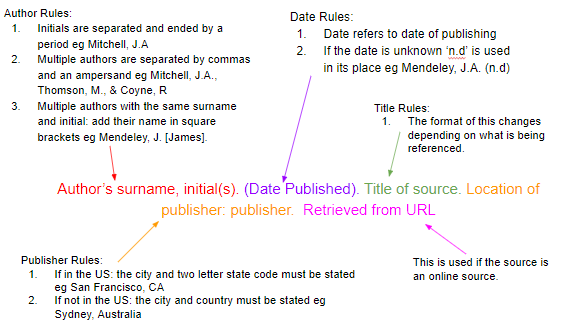APA style is used in most scientific and research writing. Because these areas can cover very complex and complicated topics, it is important to provide as much clarity and consistency as possible for readers. That’s why APA is important. Since many writers have to use APA, it is helpful to know some of the best APA practices so that you can help your writer succeed in style (APA, that is!).
Non-Biased Language
This is all about keeping the writing respectful. When talking about research or experiments, writers should try to use language that is respectful of people’s identities. When writing about people in terms of race, sex, or any other identities, try to call people what they prefer to be called.
PurdueOWL gives an APA guide on how to avoid biased language, especially in regard to gender, race, sex, disabilities, and other labels. Likewise, the Ashford University Writing Center gives 7 points on avoiding bias. These range from using third-person point-of-view to using people-first language.
Paraphrasing
There is an art to paraphrasing an author’s work. A writer can put the ideas of the original work in their own voice while still giving credit to the author. When paraphrasing, it can sometimes be difficult for writers to decide how to best summarize their source material. When a writer is paraphrasing, there are a few things to keep in mind.
Columbia College’s APA citation guide recommends paraphrasing in the your own words, not conforming too closely to the source material. This gives the writer the agency to express the ideas in a new way and highlight the parts that they thought were relevant. When citing, a writer can either introduce the author in the text followed by the year of publication in parenthesis or cite the idea at the end of the sentence in APA in-text format.
A quick overview of in-text citations:
- One author: (Bean, 2011)
- No author: (“APA Style Guide,” 2019)
- More than one author: (Flower & Hayes, 1977)
- Three-five authors: (Hughes, Gillespie, & Kail, 2010), (Hughes et al., 2010)
References
The reference page is the list of all the source material used in the paper. It’s the last few pages and it’s where everyone goes to fact-check all of the information in a paper. There is a general format to reference page citations. Mendeley gives a great list of all citations and this great picture:

If that image and list aren’t enough for you, PurdueOWL also gives an in-depth list of different APA citations including print and electric sources.
Click here for a cool lil slideshow
